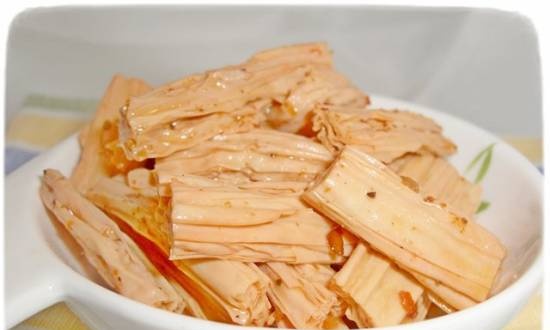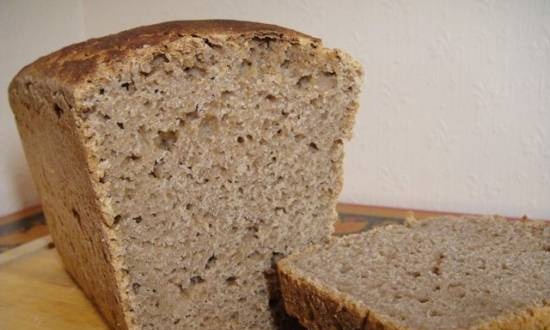|
 Calendula officinalis flower petals have been used for their anti-inflammatory properties for centuries, which is why we use it in our modern life. Calendula officinalis flower petals have been used for their anti-inflammatory properties for centuries, which is why we use it in our modern life.
Calendula is a well-known traditional medicinal herb that is "indigenous" to central, eastern and southern Europe. It is believed to have been domesticated in the Mediterranean, Egypt and Iran, but is now widely cultivated throughout Europe and North America. Calendula has been used since ancient times in Indian, Arab, Egyptian, Roman and Greek cultures. In India, marigold wreaths were used for the "crown of the gods".
The word "Calendula" comes from the Latin "calendar", as it was believed that it always bloomed on the first day of every month. Calendula is also known as the “grass of the sun” because its flowers are open in the morning and close in the evening. In Greek mythology, calendula is said to have been named after the tree nymphs who fell in love with Apollo. In the ancient Saxon name for calendula, "ymbglidegold" means "it turns with the sun."
Calendula has traditionally been used to color cheeses in England. It has also been used as a substitute for saffron... Its flowers were used for coloring food and cosmetics.
Calendula is an annual, ornamental, aromatic plant that can grow up to 0.6 m in height and bloom from May to October. The stem is straight and hairy. The leaves are light green, and the flowers are bright yellow to orange. The seed is with a distinctive crescent shape. It can grow on many types of soil and is found along roadsides and on waste, cropland and arable land. She is a honey plant, attracts wildlife, and is also a good companion, as she repels pests.
Biological properties of calendula
Calendula flowers have anti-inflammatory, antioxidant, antiseptic, antifungal, antibacterial, antiviral, immunomodulatory properties and promote early wound healing. They are also effective against oral inflammation, varicose veins, frostbite and skin conditions such as dermatitis and impetigo.

Calendula contains a high amount of flavonoids that give it antioxidant properties. Flowers contain oleanolic acid saponins, triterpene alcohols including calenduladiol and faradiol, quercetin derivatives (flavonoid), and carotenoids. Carotenoids are the source of the orange-yellow color of calendula.
Calendula is used for skin inflammation, chapped lips and cracked nipples while breastfeeding. Calendula oil has applications in aromatherapy. Ointments can be used for ulcers and varicose veins. Infusions and decoctions of calendula flowers are used to facilitate digestion and stimulate the production of bile.
Calendula is used in many cosmetic products including skin creams, deodorants, tanning lotions, shaving creams, shampoos and children's versions of these products.
Vinarchik Yu. O.
|
 Calendula officinalis flower petals have been used for their anti-inflammatory properties for centuries, which is why we use it in our modern life.
Calendula officinalis flower petals have been used for their anti-inflammatory properties for centuries, which is why we use it in our modern life.









